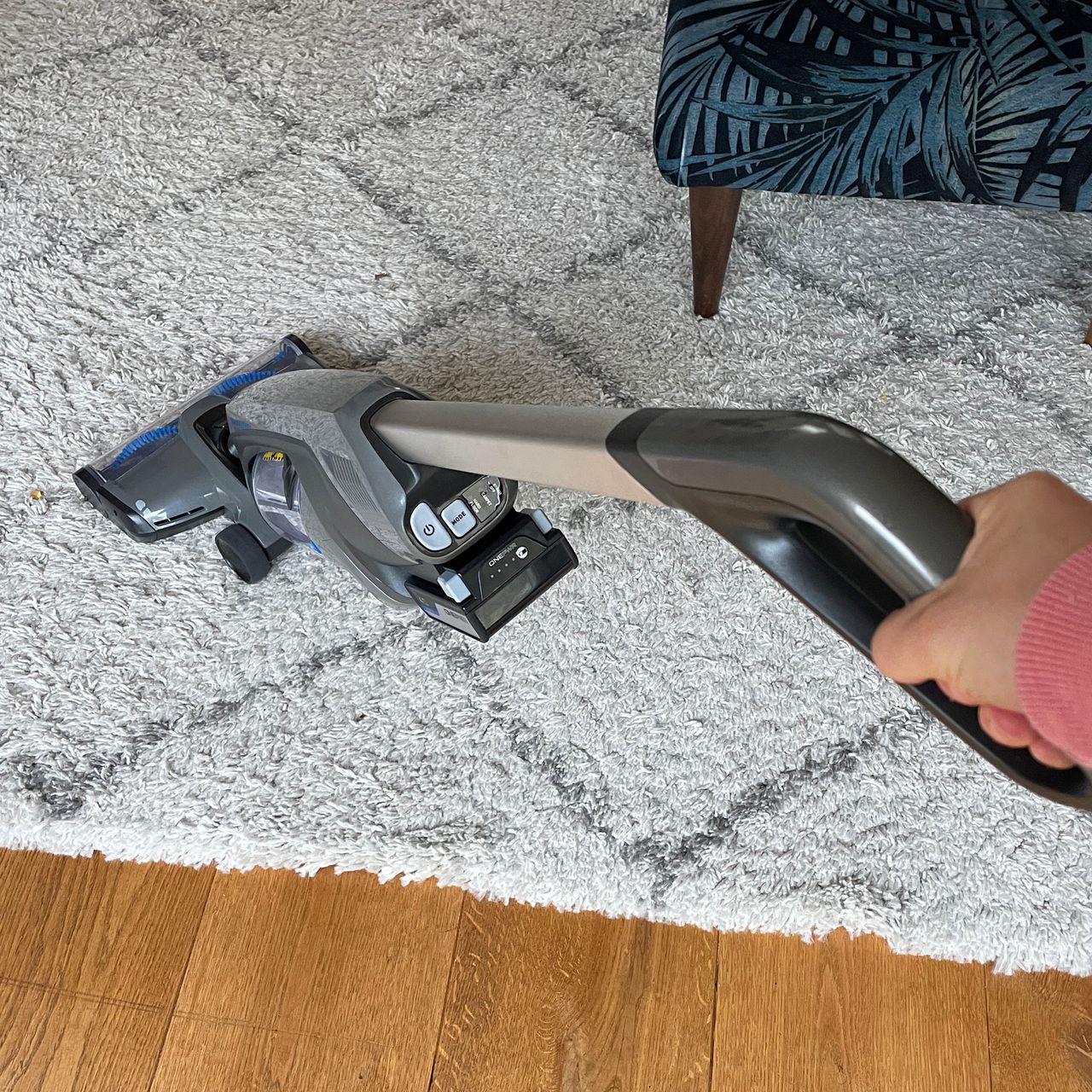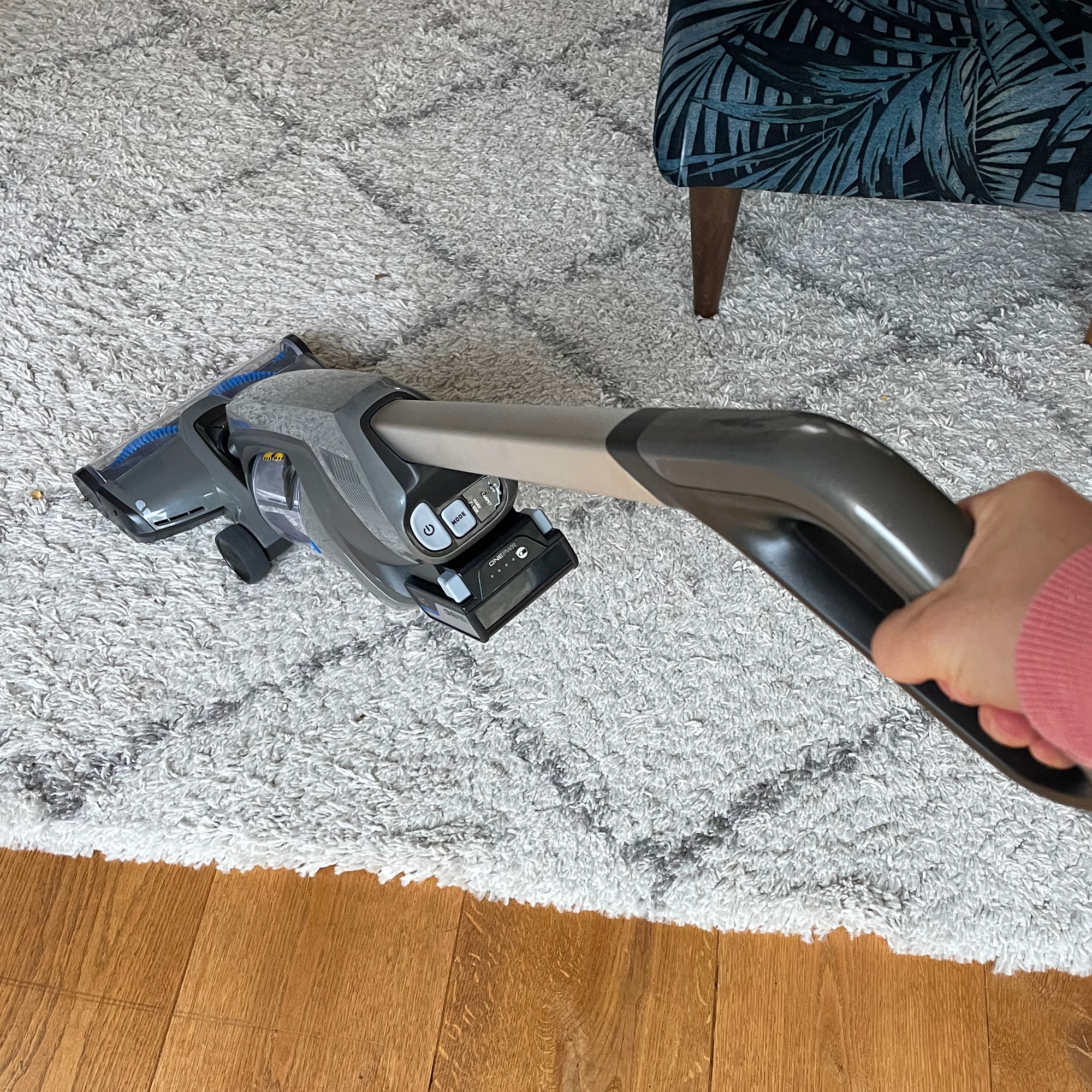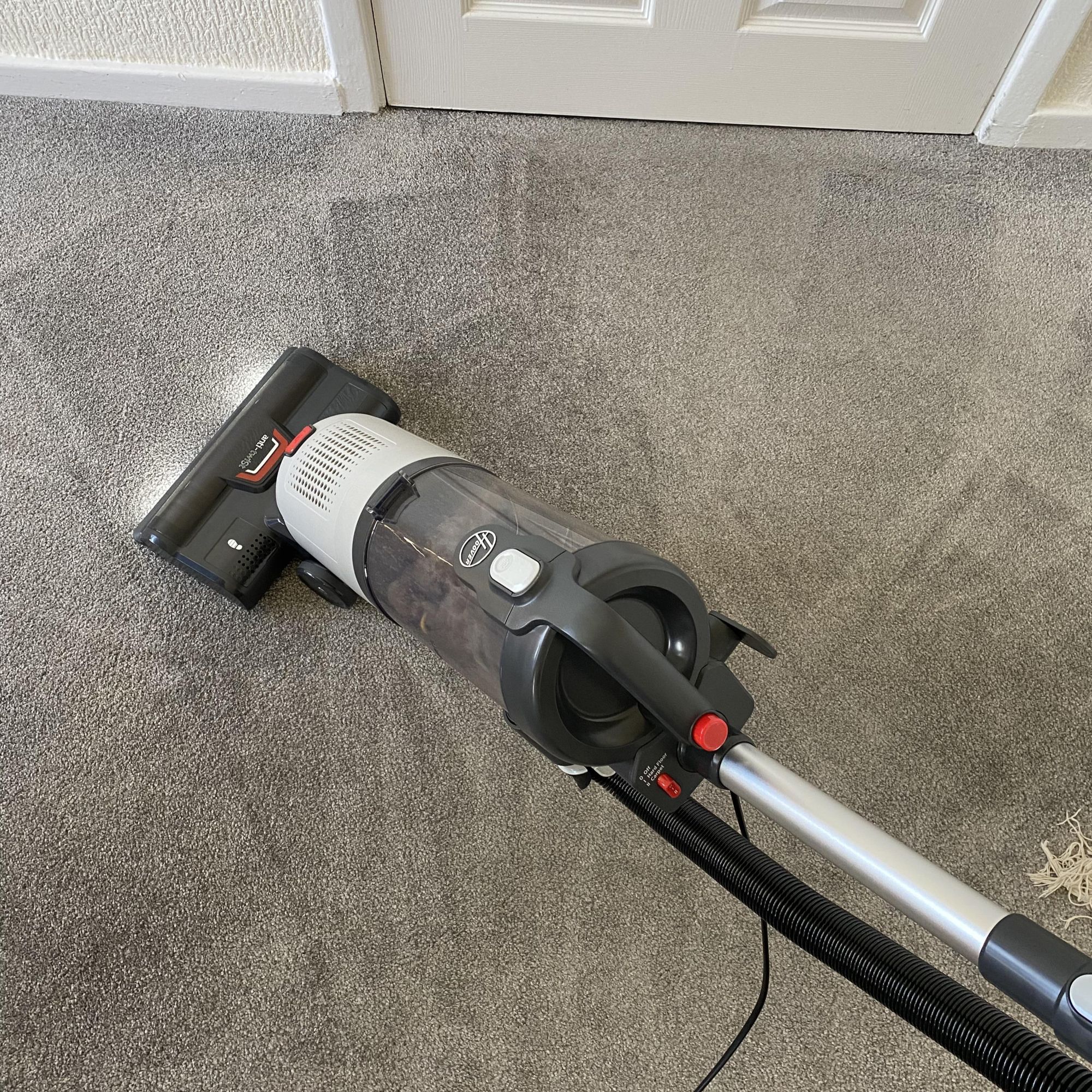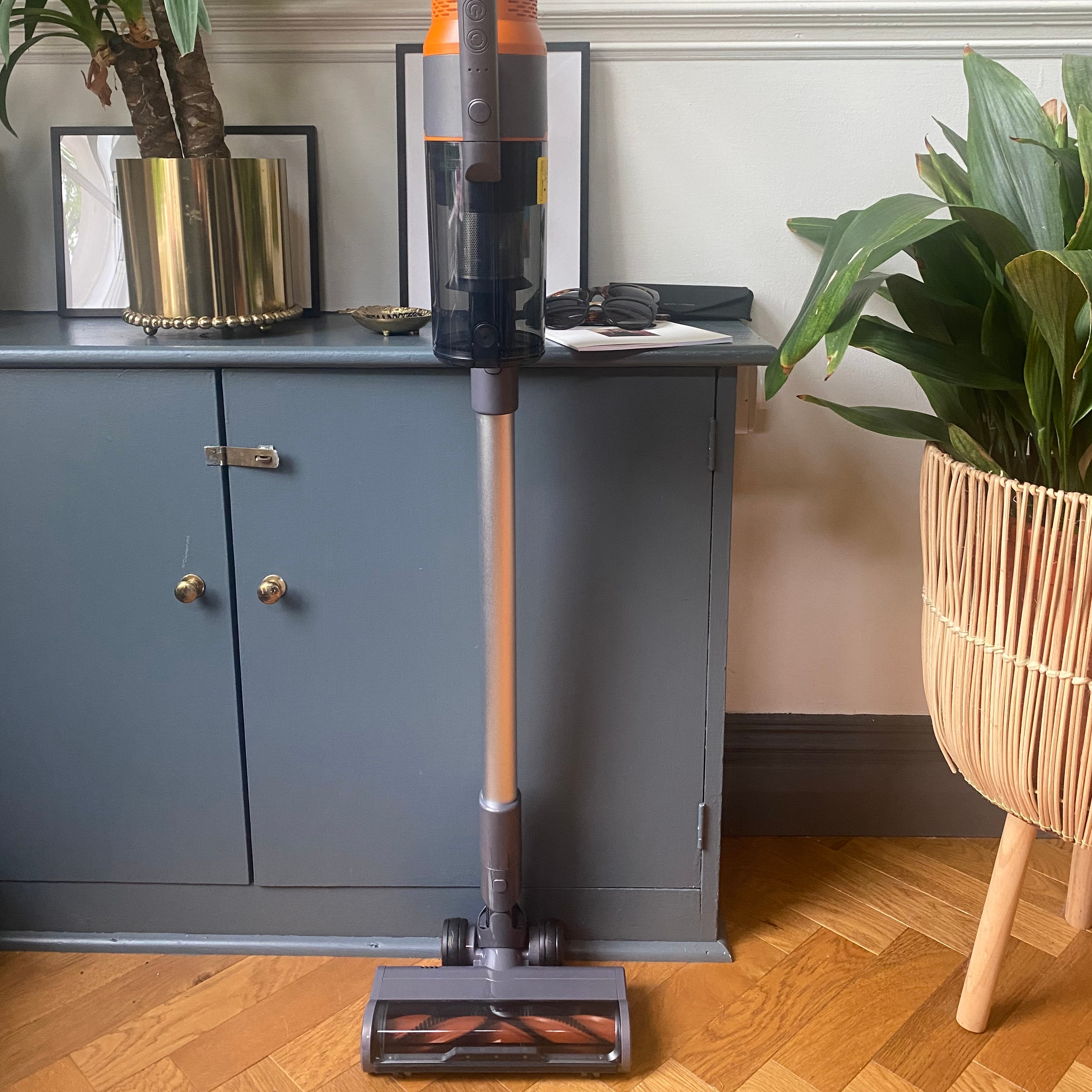
There is nothing more frustrating than finally getting around to vacuuming your home, only to find that the hose is clogged and it won't work. So, learning how to unclog a vacuum hose will be an essential part of appliance maintenance knowledge to have in your back pocket.
And while there’s no denying that many of the best vacuum cleaners are modern-day workhorses that will tackle any debris they come across, it’s important to remember that they’re not invincible. Accidentally vacuuming up something you shouldn’t can cause serious damage to your appliance, and even cause long-term damage that can’t be fixed.
So, exactly how do you unclog a vacuum hose without calling in the professionals? It’s very similar to how you’d clean a vacuum cleaner, but we've asked the experts, so you can learn now and fix it later.
1. Spot the signs
Whether you have one of the best cordless vacuum cleaners or you’ve opted for cordless, you first need to determine whether your vacuum is clogged or whether it’s simply time to replace your vacuum.
Jade Gee, Senior Product Manager at floorcare experts at VAX, says, ‘A tell-tale sign that your vacuum cleaner hose may be blocked will usually be that your vacuum is leaving debris behind on the floor, caused by a loss of suction from the blockage.’

Yes, if your vacuum cleaner has lost suction, it’s highly likely that you need to unclog your vacuum hose. And many modern models will also turn off completely if there’s a blockage, often coming up with a warning sign on the screen to tell you exactly what’s wrong.
Other signs that you need to unclog your vacuum hose are if your vacuum cleaner smells or you’re struggling with your accessories. In fact, Jade says, ‘If the suction is only reduced when using an accessory, then the problem may not be in the hose itself but is due to the tools you are using, which may have a blockage or be incorrectly fitted.’
2. Unplug or remove the battery
Before you attempt to fix anything on your vacuum, it's important to first disconnect it from any electrical outlets - for the safety of you and your appliance.
So, if you have a corded vacuum cleaner, turn it off and remove the plug from the socket. If you have a cordless model, turn it off and ideally remove the battery.
3. Remove the hose from the vacuum

The next step is to remove the hose from the vacuum. This way, you can begin to assess whether there are any blockages that are clogging it.
‘Start by checking the joint where the body of the vacuum connects to the floorhead, by disconnecting it if you are able to do so and removing any fluff and debris that may be stuck in the hose,’ advises Jade. ‘If clear, do the same at the other end, or where there is an inlet from the hose into the dust collector. If there is no blockage, the problem may be further down the hose.’
4. Try a trick to see if it's blocked
A simple way of checking for any blockages is by holding the hose up to a source of light to see if you can see daylight through it. 'With a flexible hose, this is more difficult to keep straight, so drop a large coin down one end and see if it comes out the other side,' recommends Garry Brown at PHC Vacuum Service. Once you have established that there is definitely a blockage, you can work to remove it.
Jade also adds, ‘You should be able to see straight through the hose if it is clear. If you cannot see daylight at the other end, then it is blocked and you will need to locate the blockage along the length of the hose to remove it.’
5. Unclog the vacuum hose
Removing the blockage is the final step, and there are various ways to do this. Catrin Davies, Product Manager at SDA Hoover, suggests, ‘Gently push a broom handle or flexible cleaning rod through the length to dislodge any blockages,’ and something like this Flexible Cleaning Brush, £6.49 at Amazon, would work wonders for this technique.
Sometimes, you may even find that a firm but gentle shake is enough to dislodge whatever’s in there - especially if you’ve been vacuuming pet hair and simply have a hairball to deal with. But if you need a tougher hand, Garry has another alternative.

He says, 'The best tool we have found to unclog a wand or hose is a bamboo stick commonly found in a garden used as a stake. We use these as they are usually straight and long enough to get all the way through, but also aren’t so sharp that they can pierce through the hose.’
These options should all help to unclog a vacuum hose. If this doesn’t work, however, we’d suggest contacting your manufacturer for further advice.
FAQ
Why does my vacuum hose keep clogging?
- Not emptying the dust canister regularly.
- The filter needs cleaning.
- You’re vacuuming up something you shouldn’t.
- The vacuum is attached incorrectly.
- The vacuum is defective.
Can I unclog a vacuum hose with water?
If you can fully detach a vacuum hose from the main vacuum, it is possible to unclog it with water. However, you may find that it’s not always effective, and it’s not always advised.
If you soak a vacuum hose with water, you may find that the clogged dust or debris absorbs this water and sticks itself to the inside of the hose - making it even more difficult to remove.
An alternative method is to remove the clog first before soaking the hose in water when it’s empty. This will remove any lingering debris, but you must ensure that it’s fully dry before reattaching it.
What are you waiting for? Spotless floors are right around the corner once you put these steps into action.







